The NSW Battery Subsidy is Now Available: Book Now & Save!
The NSW Battery Subsidy is Now Available: Book Now & Save!

Expert technicians installing BYD Battery Box to residential and commercial properties in the Newcastle and Hunter region, helping properties store solar energy.

We install BYD battery box's all throughout the Newcastle and Hunter region for all applications
residential and commercial.
Battery-Box works optimally with Fronius inverters to connect with solar systems to allow renewable energy to be stored and used when the
sun is down or during grid outages in Newcastle.
These BYD batteries are modular and can be scaled / expanded to suit your needs for both smaller residential systems, to large-capacity
battery systems for commercial applications such as Factory, Retailer, and Agricultural properties in the Hunter region.
Increased energy independence
BYD batteries allow Newcastle property owners to store excess solar energy generated during the day for use at night or during power
outages.
Cost savings
Battery storage can help property owners reduce their electricity costs by storing energy when it is cheapest and using it when it
is more expensive.
Backup power
Battery-Box's can provide backup power during power outages, keeping essential appliances running and
avoiding the need for a generator.

Reduced grid demand
By storing energy for later use, battery storage can help reduce demand on the
electric grid during peak usage times.
Increased renewable energy use
BYD Batteries can help increase the use of renewable energy sources, such as solar and wind power, by allowing Newcastle homes and
businesses to store energy when it is generated and use it when needed.
Our certified Newcastle technicians install energy storage solutions all over the Hunter region, supplying businesses with quality backup energy, as well as access to renewable electricity at all times of the day and night. Explore BYD's battery solutions below. These systems can be scaled to all types of residential and commercial purposes, no matter the size.
The Battery-Box premium HVM is well-designed to be modular with the ability to individually scale to property
requirements, as well as connecting multiple units to act as one. With its ease of installation, our battery technicians have no
issues installing battery-box's.
The HVM version of BYD's Battery-Box Premium offers various energy storage capacities to best suit your property and budget.
HVM is composed of 3-8 'B-plus HVM
2.71'
battery modules that are modular and connected to achieve a capacity between 8.3 to 22.1 kWh, depending on
your configuration.
Additionally, direct parallel connection of up to 3 identical Battery-Box Premium HVM allows a maximum
capacity of 65.0 kWh. Ability to scale by adding HVM modules or parallel HVM stacks at anytime.
Cobalt Free
Off-grid Capable
Emergency Backup capable
Single & Three-phase compatible
Modular Design
Easy Installation


BYD Battery-Box Premium HVS battery units are made up of 2-5 HVS battery modules that are connected in series to reach a capacity of 5.1 - 12.8 kWh.
You can stack up 3 identical battery towers of Battery-Box Premium HVS allow a maximum storage capacity of 38.4 kWh.
One Battery-Box Premium HVL is completed with 3-8 HVL battery modules that can be connected in series for a maximum storage capacity of 12-32 kWh.
BYD Battery-Box (Low Voltage LVS)
BYD Battery-Box LVS is a lithium iron phosphate (LFP) battery pack that is designed to be used with an external inverter.
It accommodates between 1-6 LVS battery modules stacked in parallel which can has the capability of reaching up to 4-24 kWh of capacity.
These battery towers can be stacked up to 16 units, with a maximum storage capacity of 256 kWh.


LVL is a lithium iron phosphate (LFP) battery for use with an external inverter. Thanks to its control and communication port (BMU), the Battery-Box Premium LVL scales to meet the project requirements, no matter how large they may be. Start with Battery-Box Premium LVL15.4 (15.4 kWh) and extend anytime to 983 kWh using parallel interconnection of up to 64 batteries. Two LVL batteries can be stacked in top of each other.

The Battery-Box Commercial is the storage system that provides Commercial and Industrial (C&I) consumers with all performance they are looking for while also being easy to use and safe.

For the first time it brings to the C&I space the strengths of the Battery-Box: plug and play design, safe battery chemistry and top technical performance.
BYD is a high-tech company devoted to technological innovations for a better life. BYD was founded in February 1995, and
after more than 20 years of fast growth, the company has established over 30 industrial parks worldwide and has played a significant
role in industries related to electronics, automobiles, new energy and rail transit.
From energy generation and storage to its applications, BYD is dedicated to providing zero-emission energy solutions. They
are listed on the Hong Kong and Shenzhen Stock Exchanges, with revenue and market capitalisation each exceeding RMB 100 billion.

They are a multinational company that specialises in electric vehicles, energy storage systems, and solar panels. BYD has a strong track record in the electric vehicle market, with a wide range of electric cars, buses, and trucks. They also have a significant presence in the electric bus market and have been able to sell their buses globally.
In addition to electric vehicles, BYD also produces energy storage systems and solar panels, further diversifying their capabilities in the renewable energy market. Overall, BYD is a well-established company with a diverse range of products and a strong reputation in the electric vehicle and renewable energy markets.

The journey of bidirectional charging in Australia has hit a milestone with the recent approval of the new standard for vehicle-to-grid (V2G) charging for 2025.

Explore battery eligibility & pricing for the upcoming Peak Demand Reduction Scheme (PDRS), solar battery 'rebate' incentive for NSW in November 1, 2024.
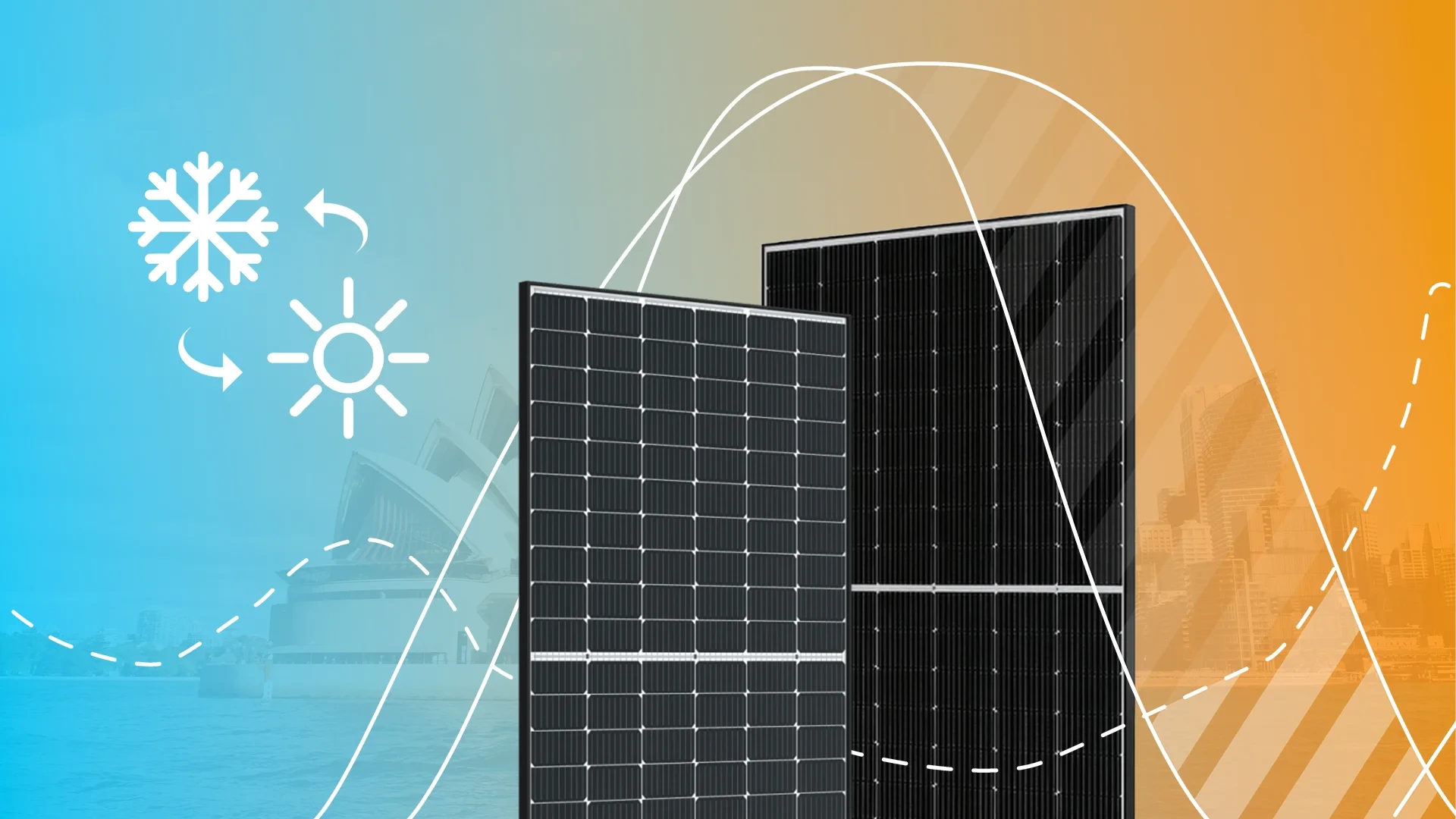
Explore how daylight savings and seasonal changes during winter and summer can affect your solar panels performance and solar generation in NSW, Australia.

Deciding whether to get off-grid solar and battery? Explore the benefits of complete off-grid electricity, and if getting an off the grid energy system is right for you.

Everyone has seen a solar installation a normal roof like tin or tiled roofs, but have you ever seen a solar installation a roof made of Brass? Well we did one...

With the release of the new Clean Energy Council (CEC) H1 2024 report on solar and battery storage, it gives an idea of the upward path of Australia’s renewable energy adoption.

Amber & ARENA have started trials for Vehicle-to-grid technology in NSW, Australia to help develop standards and framework in V2G and Bidirectional charging.

Are you maximising your solar energy production? Explore ways to improve self-consumption, and accelerate returns and benefits in NSW with solar tariffs.
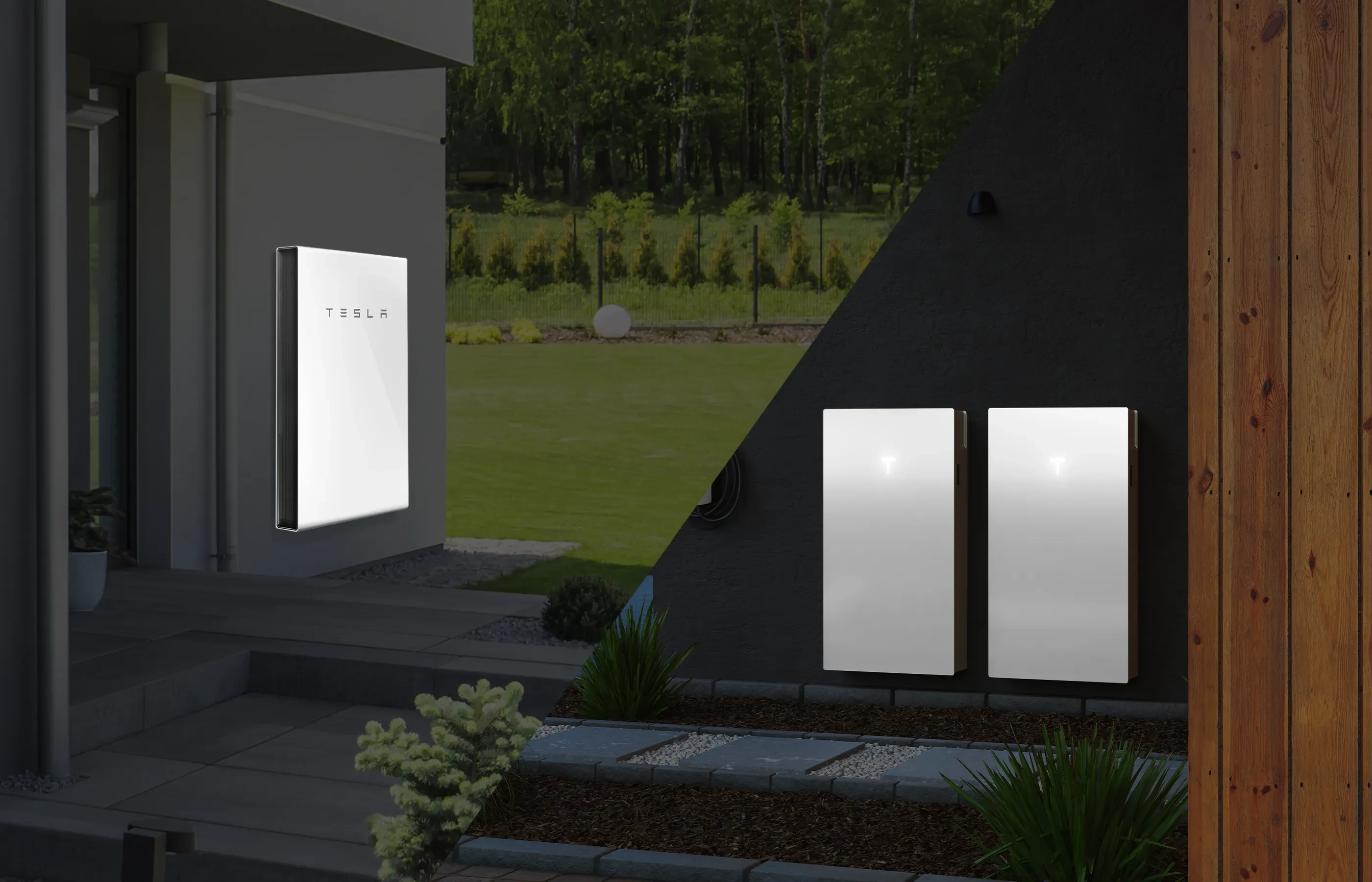
What's the difference between Tesla Powerwall 2 and 3? Lets compare specifications, release dates, features, and compatibility between Powerwalls in Australia.
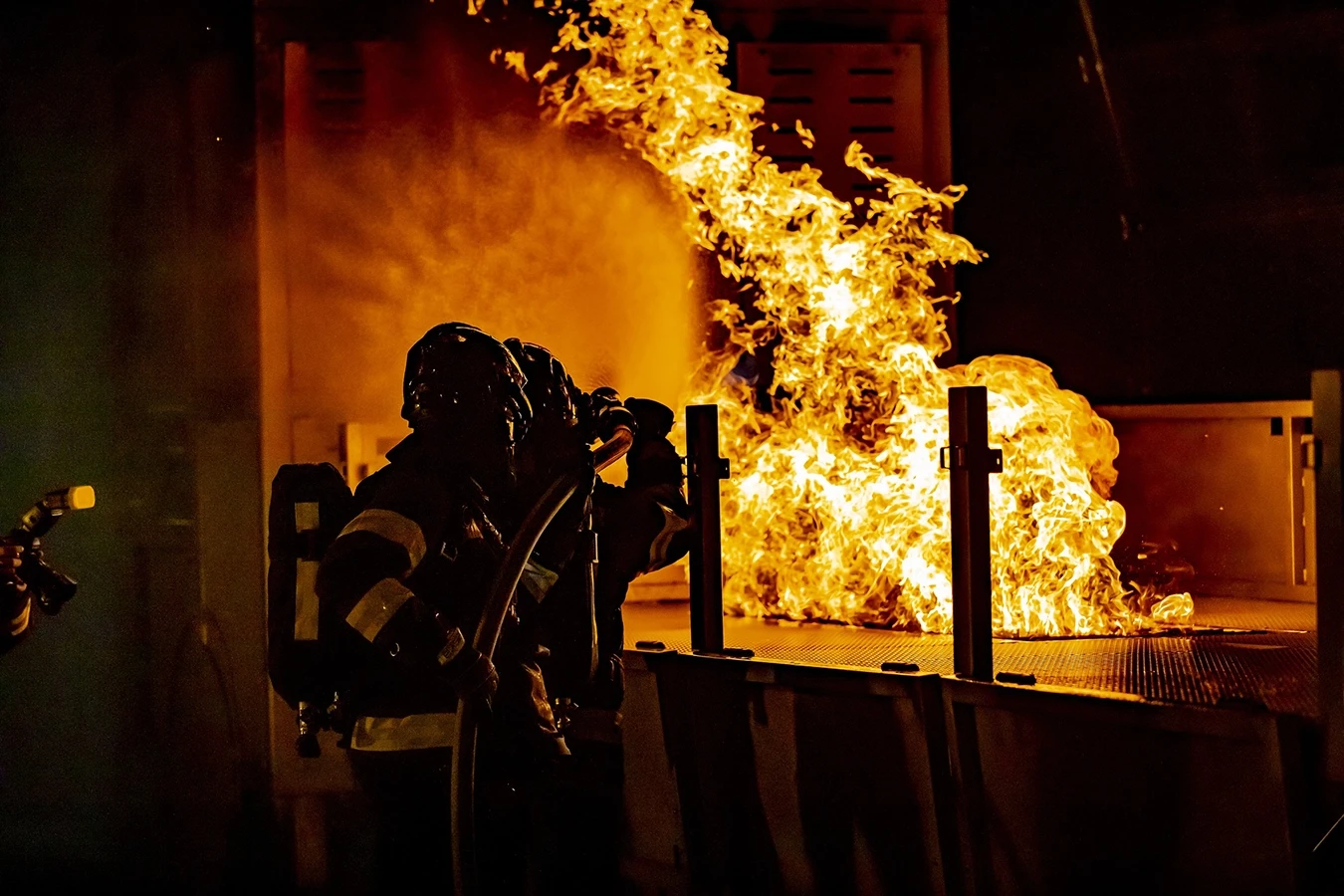
The new Fire & Rescue battery report shows us 2024 home battery fire statistics in NSW, Australia. Are solar batteries safe or are they a fire risk? Let's find out.

Investing in your solar system has many opportunities, but should you replace your panels, upgrade with more solar, or add battery storage to your home?

Though bidirectional charging isn't available, vehicle-to-grid is already turning heads in Australia with its potential to change energy consumption and distribution.

Discover the difference between power and energy in electricity and how solar and batteries are measured differently for homes and properties across Australia.
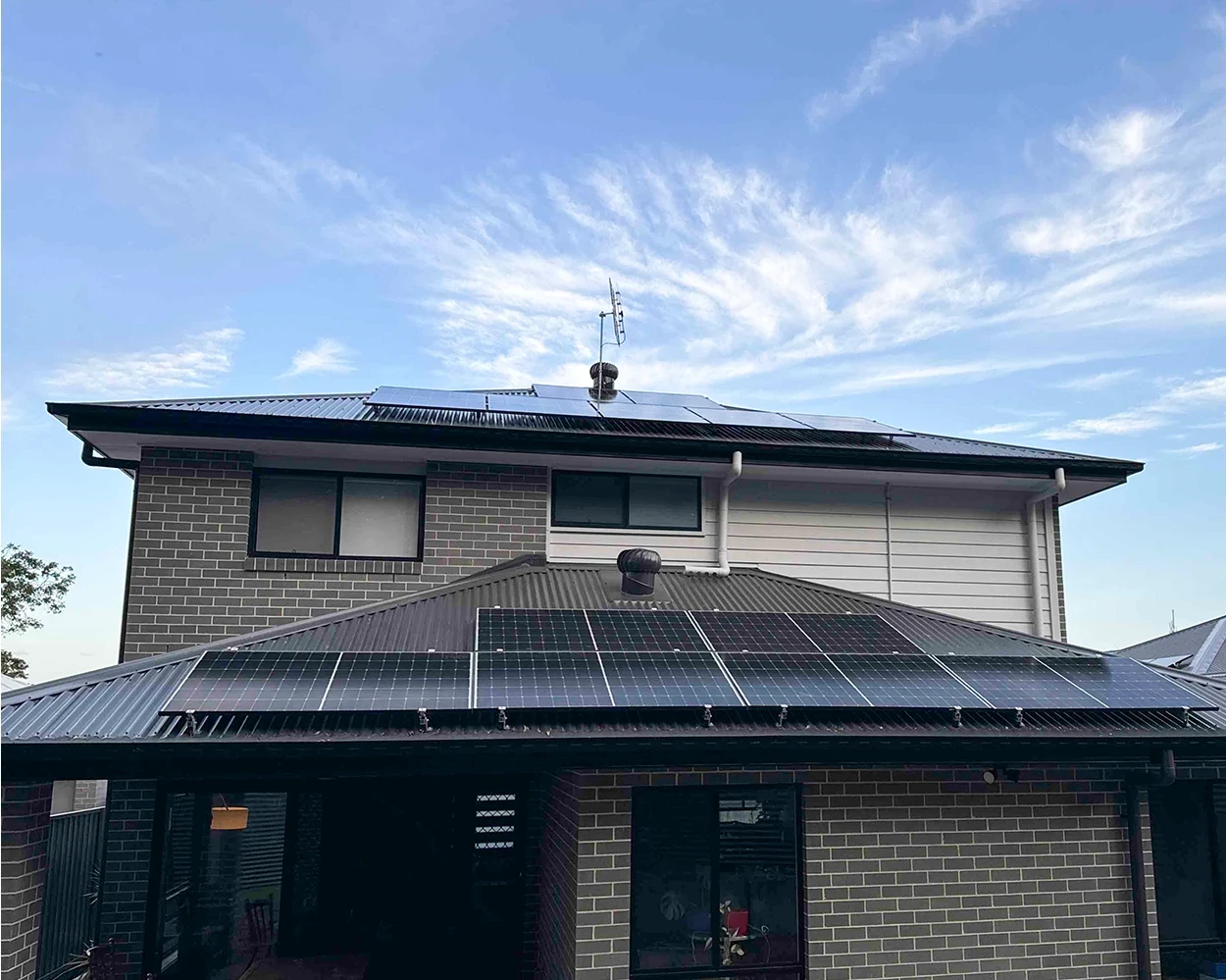
With the uptake of solar and battery systems, Microgrids, Virtual Power Plants, and Distributed energy resources are becoming more apparent. What are they?
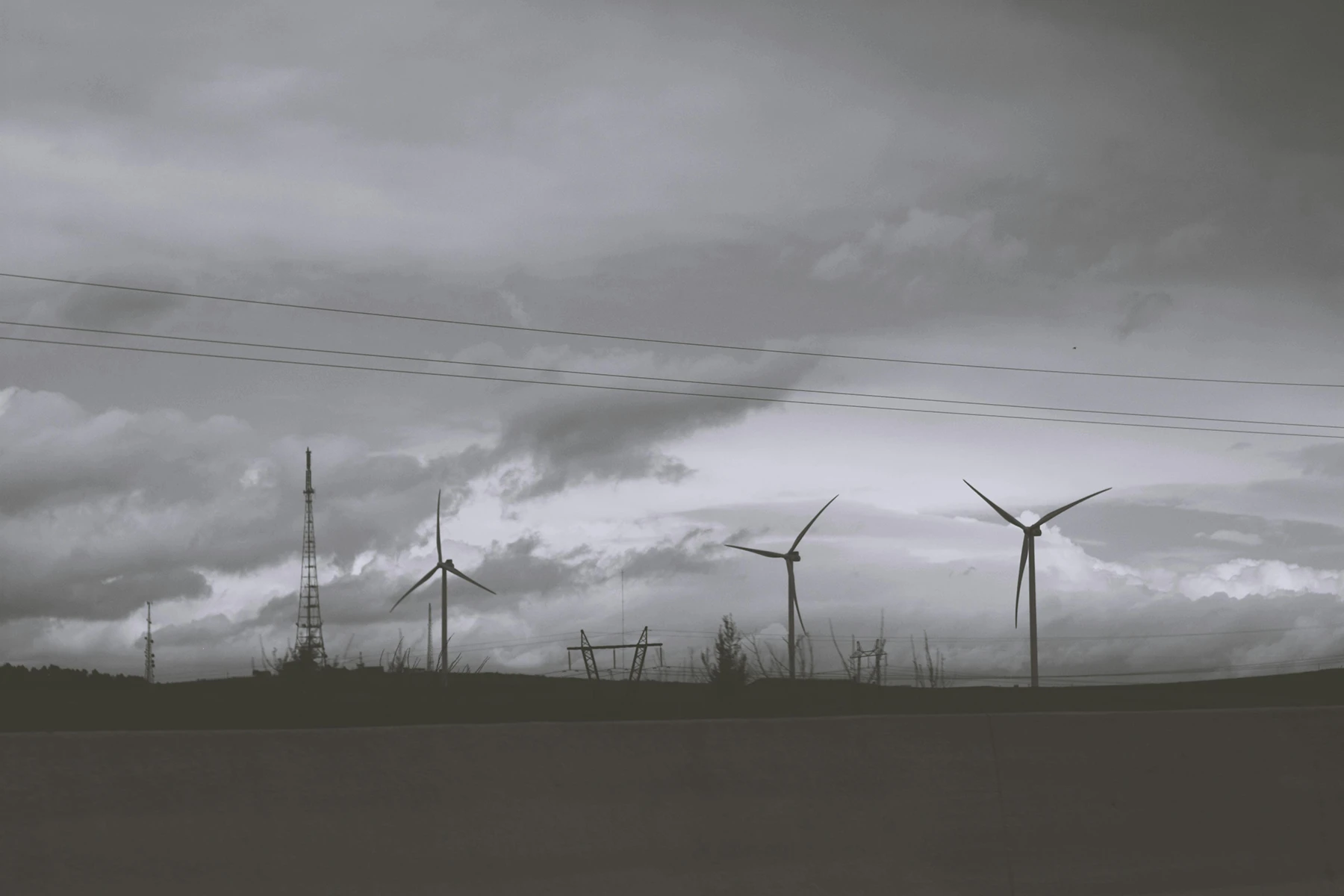
To put simply, whilst both are a current of electricity, DC (direct current) only flows in one direction, whilst AC (alternating current) flows both directions.
![How Australia Reached 40% Renewables⚡[Q4 2023 Statistics]](/media/website_posts/74/Sydney.webp)
In the new 2024 CEC report, they found that renewable contribution in the overall supply of energy in Australia, produced 40% of Australia’s total electrical supply.
![Energy Bill Still High Even With Solar?⚡Here's Why.. [2024]](/media/website_posts/73/Solar-panel-home-installation.webp)
Solar owners may be receiving higher energy bills than expected. Why is my bill still high after solar installation? Why are my solar panels not reducing my bill?